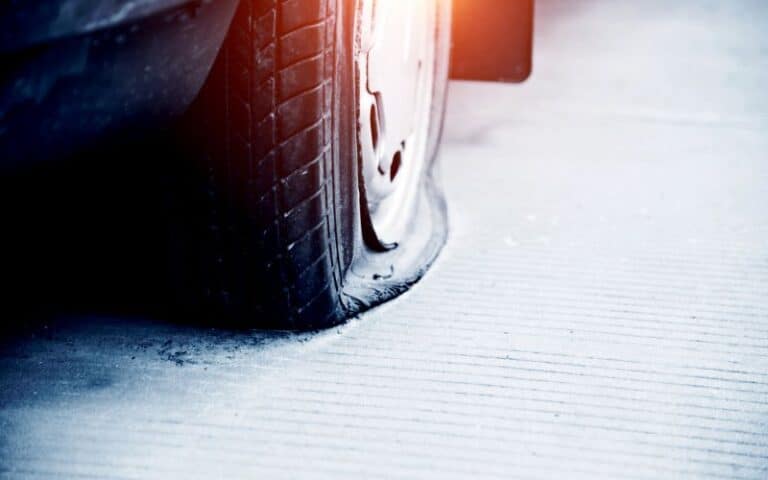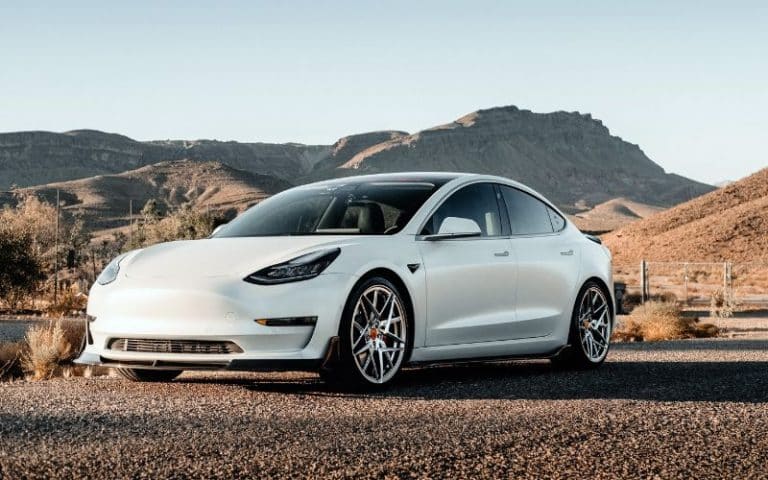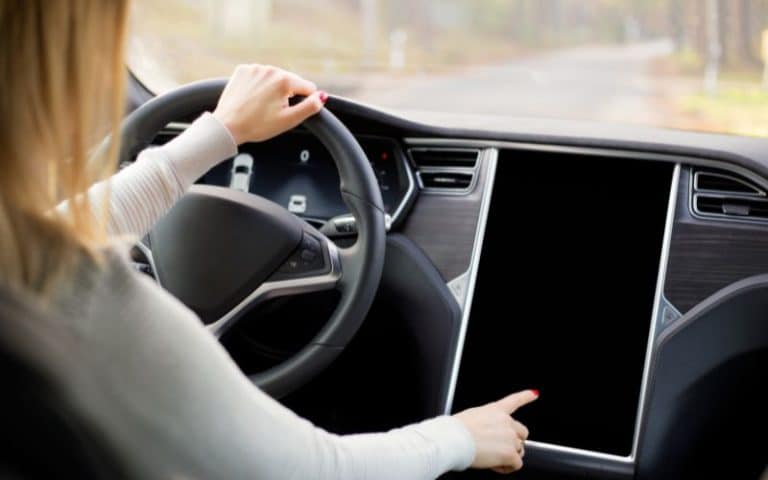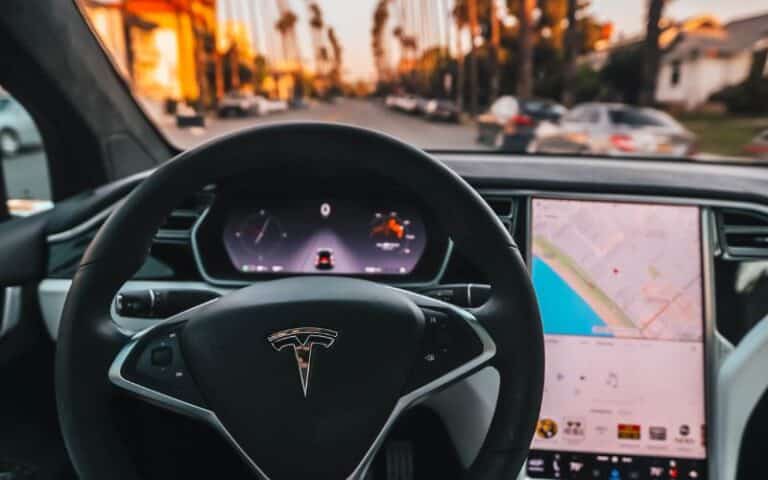Can I Charge Tesla Model 3 To 100? (Read This First)
Tesla has become one of the leading EVs in the world with their amazing technology and updates that never ceases to amaze us.
However, as a proud owner of the Model 3 or one just venturing into the Tesla market, you may wonder what the charge limit is.
As with other models, you do not exhaust their battery charge beforehand to avoid damaging it. That leaves you to wonder if you can charge your Tesla Model 3 to 100.
You can charge your Tesla Model 3 to 100 if your car uses the LFP battery. If your model has an LFP battery, you can set the limit to 100 and charge it to 100. However, your settings will be daily or trip if it doesn’t have an LFP battery, unlike the 50 and 100 for LFP batteries.
In this article, I will explain if you can charge your Tesla Model 3 to 100 and how to set the charge that way. I’ll further explain how long it takes to charge to 100.
By the end, you’ll know about your Tesla Model 3 charge limit and what to expect when charging it. You’ll also know how frequently you can charge it if once a week is okay.
Can You Charge a Tesla Model 3 to 100%?
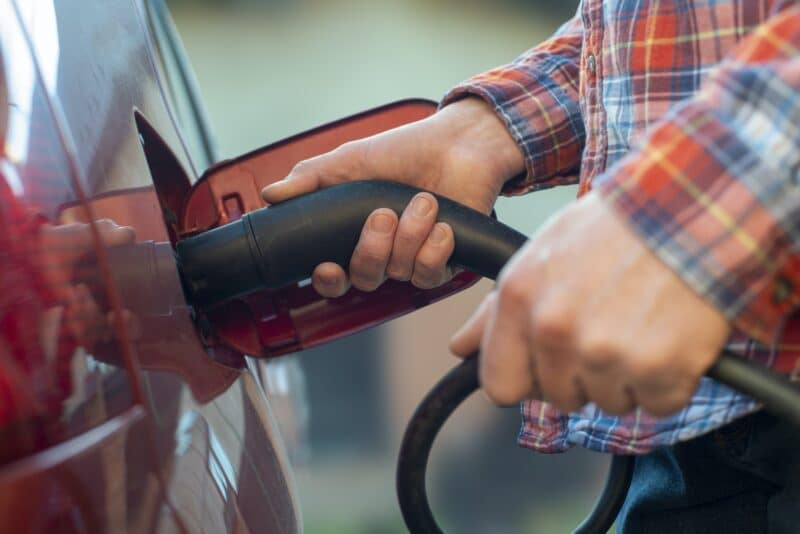
You can charge a Tesla Model 3 to 100%. However, you can do that depending on your car’s battery; if it’s an LFP battery, it’s ok; if not, it isn’t.
You either find the Lithium-ion battery or the LFP battery in Model 3.
The table below shows the differences between these batteries.
| LFP Battery | Lithium-ion Battery |
|---|---|
| It is cheaper than Lithium-ion. | It is more expensive. |
| It is safer and more durable to use. | It is less safe and less durable. |
| It charges slower than the models with Lithium-ion. | It has a faster charging speed. |
| It has a shorter range than Lithium-ion vehicles. | It has a longer range. |
For Model 3 with LFP, you must charge your car 100% at least once a week. If you’ve not had the chance to drive it in over a week, you should charge it till it’s 100%.
That doesn’t mean you should charge your vehicle to 100 only once a week, but you can do that daily. You only need to set the limit to 100%.
Charge your Model 3 with LFP to 100 at least once a week. However, if your vehicle doesn’t come with LFP, you can still charge to 100, but it isn’t without its implications.
It is important to understand the implications of doing so. Charging your car to 100% all the time may negatively affect the battery’s longevity, so it’s generally not recommended for non-LFPs.
Tesla batteries can last a long time, but like any other battery, they can degrade over time.
The more you charge your battery to its maximum capacity, the faster it will degrade.
One way to help ensure your battery lasts as long as possible is to avoid charging it to 100% regularly.
Tesla recommends keeping your battery charged between 20% and 80% for best results for Lithium-ion.
However, there may be times when you need to charge your Model 3 to 100%.
For example, if you’re planning a long road trip and must ensure you have as much range as possible, charging 100% can give you that extra buffer.
So, while you can charge your Tesla Model 3 to 100%, it’s generally not something you want to do regularly for non-LFPs, except if it’s LFP.
Instead, aim to keep your battery between 20% and 80% most of the time and only charge 100% when needed.
How Do I Set My Tesla Model 3 to Charge to 100?
Setting your Tesla Model 3 to charge to 100% is straightforward. First, ensure you plug your Model 3 into a compatible charger.
Next, locate the charging menu in your car’s touchscreen display. From there, select the “Set Limit” option, which will allow you to adjust the maximum charge limit.
Once you’ve selected “Set Limit,” you’ll get a prompt to adjust the charging limit using a slider. Slide the bar to the far right to set the maximum limit to 100%.
Remember that charging 100% may not be necessary for most daily use scenarios.
However, for Model 3 with an LFP battery, you must charge the battery to 100 at least once a week.
Tesla recommends keeping your battery charged under 90% for long-term health and performance, depending on the installed battery.
It’s important to note that while it is possible to set your Model 3 (AWD) to charge to 100%, Tesla does not recommend it for regular use.
Daily charging to 100% can accelerate battery degradation and reduce lifespan. A 50-90% charge for most driving scenarios will provide sufficient range for daily use.
In summary, setting your Tesla Model 3 to charge to 100% is easy and can be done through the charging menu on the touchscreen display.
However, charging 100% regularly for optimal battery health is not recommended.
Always refer to the user manual and Tesla’s recommended charging guidelines for the best charging practices for your Model 3.
How Long Does It Take to Charge a Tesla Model 3 to 100%?
The answer to this question will depend on the charger you use. It also depends on the Model 3 version you have, too, as they have different battery capacities.
You use a CCS 2 to charge so that you can charge with AC and DC. The type of cable you then use determines how fast it will charge.
Using a 3-pin to type 2 charger, your Model 3 will charge slowly, but the charging will be fast with a type 2-to-type 2 cable.
Let’s look at different chargers and how long they take to charge your Model 3 to 100%.
#1. 3-Pin Charger
The 3-pin will take about 22-32 hours to charge to 100%. That’s because of the different battery capacities of the different Model 3 versions.
So you should do this if you are stuck and with no option but need to boost your vehicle or have no use for your vehicle soon.
#2. 3.6 kW Charger
If you use the 3.6 kW chargers for your Model 3, charging 100% will take 13-21 hours, depending on your Model 3 version.
This charger is also slow; you mostly find it at home or work but not usually at public charging stations.
#3. 7 kW Charger
A 7 kW charger will take your Model 3 about 7-11 hours to charge 100%. You also mostly find these chargers at home or the workplace, but not usually at public charging stations.
#4. 22 kW Charger
There’s also the option of using a 22 kW charger. It will only take about 4.5 – 7 hours to charge your Model 3 to 100% using this charger.
Your Model 3 won’t charge at that 22 kW. That’s because the max speed for the AC charger is 11 kW, so it’ll charge at that rate.
Charging your Model 3 with this charger is fast; you often find them at public charging stations. However, there are faster ways of charging your Model 3.
#5. 50 kW Charger
Using the DC connector type, these chargers will charge your Model 3 to 100% in 1 – 1.5 hours. You can find these chargers at public charging stations.
#6. Ultra Rapid Chargers
These are chargers that charge above 50 kW, and you find them in public charging stations. They charge your Model 3 to 100 in a few minutes, say within 15 – 30 minutes.
So the charging time for your Tesla Model 3 isn’t fixed and can vary depending on the battery level, ambient temperature, and other factors.
Is It Ok to Charge Tesla Model 3 to 100% Once a Week?
Yes, it is ok to charge to 100% once a week; even Tesla recommends it for your Model 3 with an LFP battery.
Although you can charge it more than once a week to 100, with that batter installed, at least once a week is compulsory.
However, with other battery types in your Model 3, it is best not to charge your Tesla Model 3 to 100% regularly.
Lithium-ion batteries, like the one in your Model 3, degrade faster when you constantly charge them to 100%.
While charging your Tesla to 100% every once in a while is not harmful, doing it every week can reduce your battery’s lifespan.
The recommended charging range for a Tesla Model 3 is under 90%. It is the most efficient way to charge your vehicle and ensure your battery lasts as long as possible.
Of course, when you need to take a long trip, it is perfectly safe to charge your Tesla 100%, just don’t make it a regular habit.
If you need to charge your Tesla Model 3 to 100% occasionally, monitoring your battery’s health using the Tesla app is important.
It will show you how quickly your battery is charging and how long it will take to reach a full charge. It will also show you any warnings or notifications about your battery’s health.

